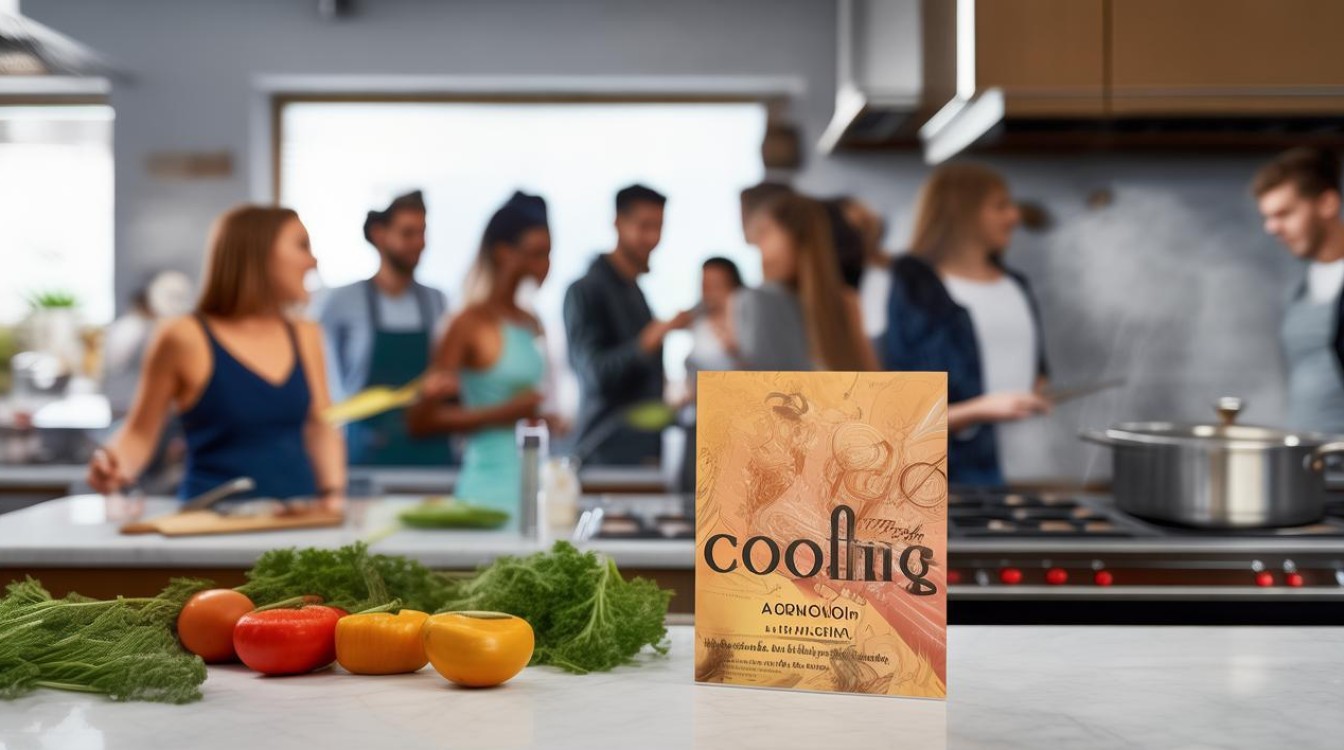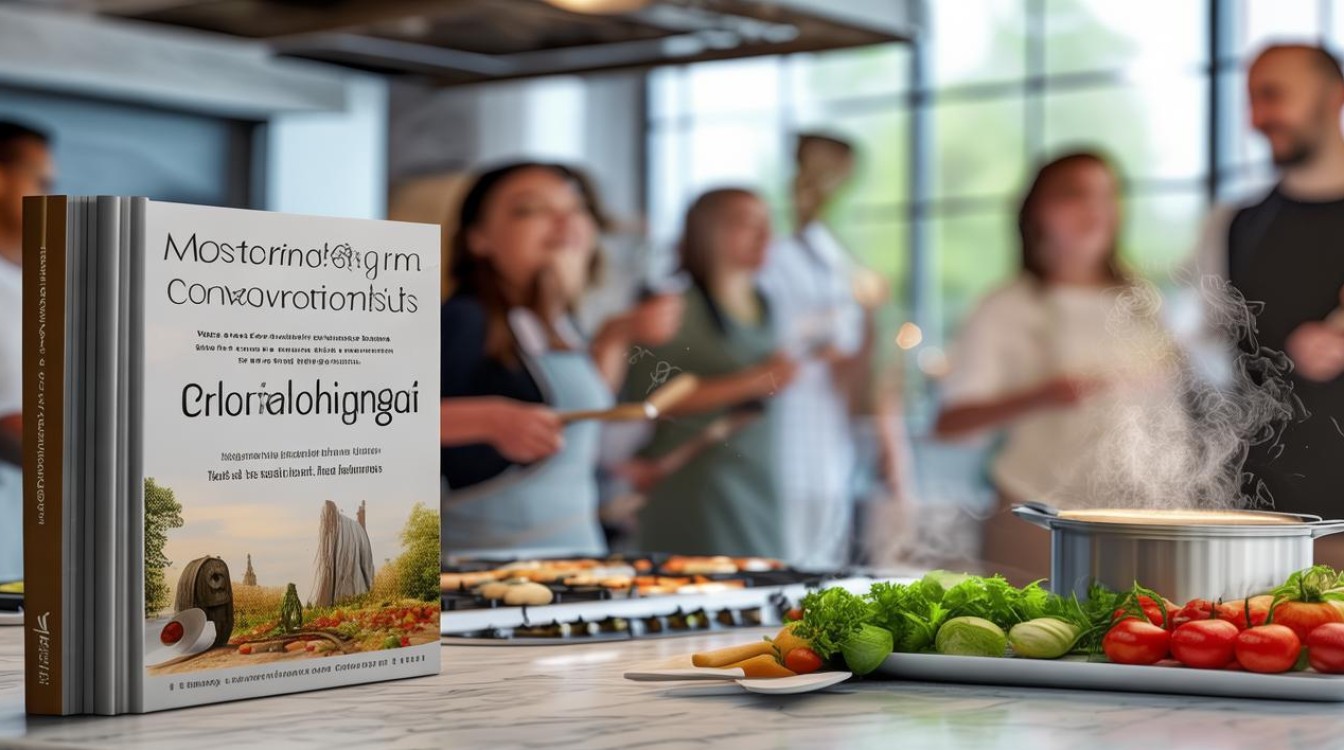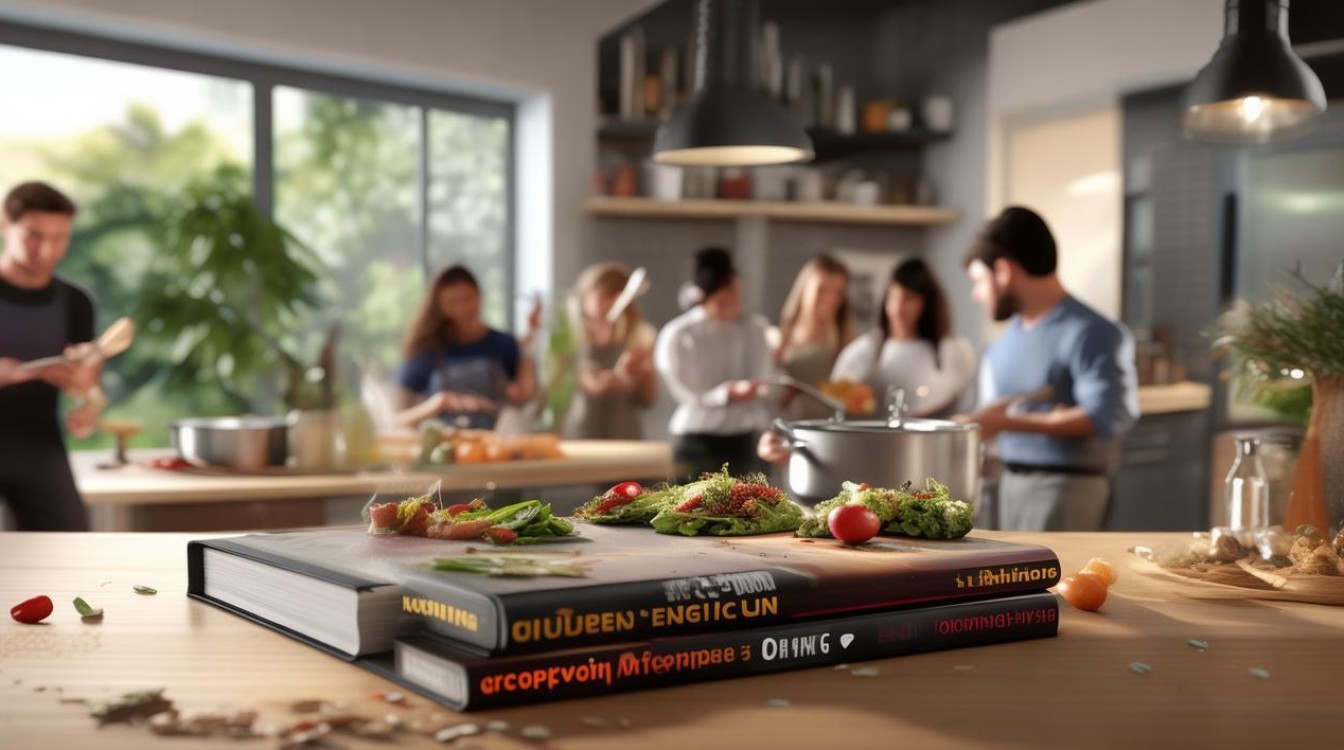Cooking is a universal topic that bridges cultures and languages. Whether you're chatting with a friend, attending a language exchange, or preparing for an English exam, discussing food and cooking can be both engaging and practical. This guide will help you navigate English conversations about cooking with confidence, including key phrases, cultural insights, and the latest culinary trends backed by data.

Essential Cooking Vocabulary
Before diving into conversations, familiarize yourself with common cooking terms:
- Ingredients: garlic, olive oil, soy sauce, herbs
- Cooking methods: fry, bake, grill, steam
- Utensils: spatula, whisk, saucepan, colander
- Descriptions: crispy, tender, spicy, bland
Example dialogue:
"How do you prepare your favorite dish?"
"I usually stir-fry vegetables with garlic and soy sauce. It’s quick and flavorful!"
Effective Conversation Starters
To keep the discussion flowing, try these open-ended questions:
- "What’s your go-to recipe when cooking for friends?"
- "Have you tried any trending ingredients lately?"
- "Do you prefer baking or grilling? Why?"
These prompts encourage detailed responses and showcase your interest in the topic.

Latest Cooking Trends (2024 Data)
To make your conversations current, here are some of the top global cooking trends this year, sourced from Google Trends and Statista:
| Trend | Popularity Increase (2023-2024) | Key Regions |
|---|---|---|
| Plant-based cooking | 42% | US, UK, Germany |
| Fermented foods | 35% | South Korea, Japan |
| Air-fryer recipes | 28% | Australia, Canada |
| Zero-waste cooking | 23% | Scandinavia, France |
Source: Statista Annual Food Trends Report (2024), Google Trends (June 2024)
Example usage in conversation:
"I’ve noticed plant-based cooking is huge now. Have you tried any meat substitutes?"
Cultural Nuances in Food Discussions
Food preferences vary widely. For instance:

- In the US, BBQ and burgers dominate casual conversations.
- In India, discussions often revolve around spices and regional curries.
- In Italy, pasta-making techniques are a common topic.
Being aware of these differences helps tailor your dialogue.
Practicing Through Role-Play
Try simulating these scenarios with a partner:
- At a grocery store: "Excuse me, where can I find fresh basil?"
- Sharing a recipe: "You should roast the vegetables first for better texture."
- Discussing dietary needs: "I’m lactose intolerant—can you recommend a substitute for cream?"
Common Mistakes to Avoid
- Overusing vague terms like "stuff" or "things." Be specific: "I love using thyme in stews" sounds more natural than "I put stuff in stews."
- Mispronouncing ingredient names (e.g., "quinoa" is "KEEN-wah," not "kwin-OH-ah").
Resources to Improve
For further learning, explore:
- YouTube Channels: "Binging with Babish" (entertaining cooking tutorials in English).
- Podcasts: "The Splendid Table" (food culture discussions).
- Apps: Duolingo’s cooking-themed English lessons.
Cooking conversations are a delightful way to improve your English while sharing cultural experiences. By staying updated on trends and practicing key phrases, you’ll sound fluent and engaging.

"Food is the universal language of kindness." — Keep experimenting with both recipes and words!


